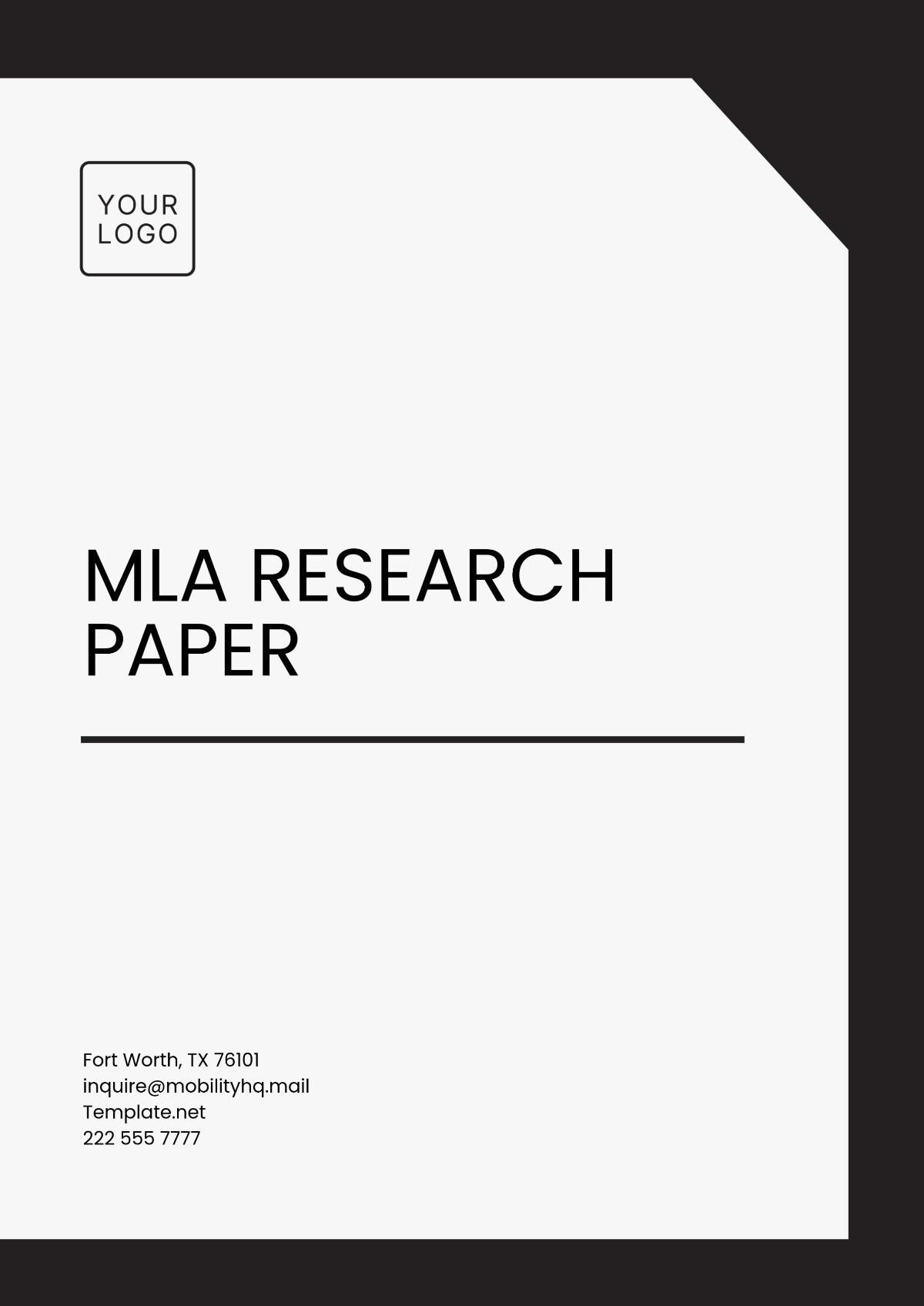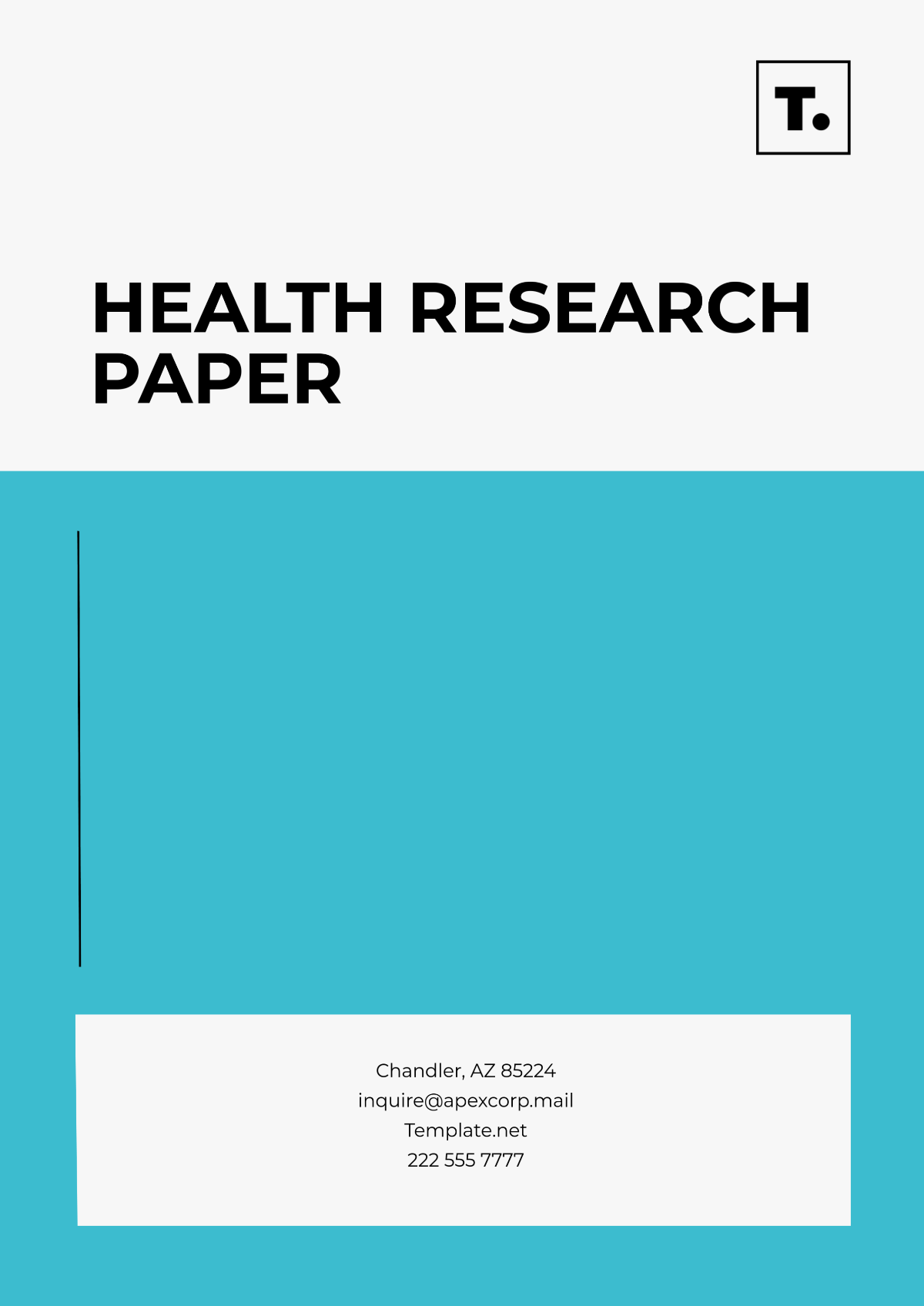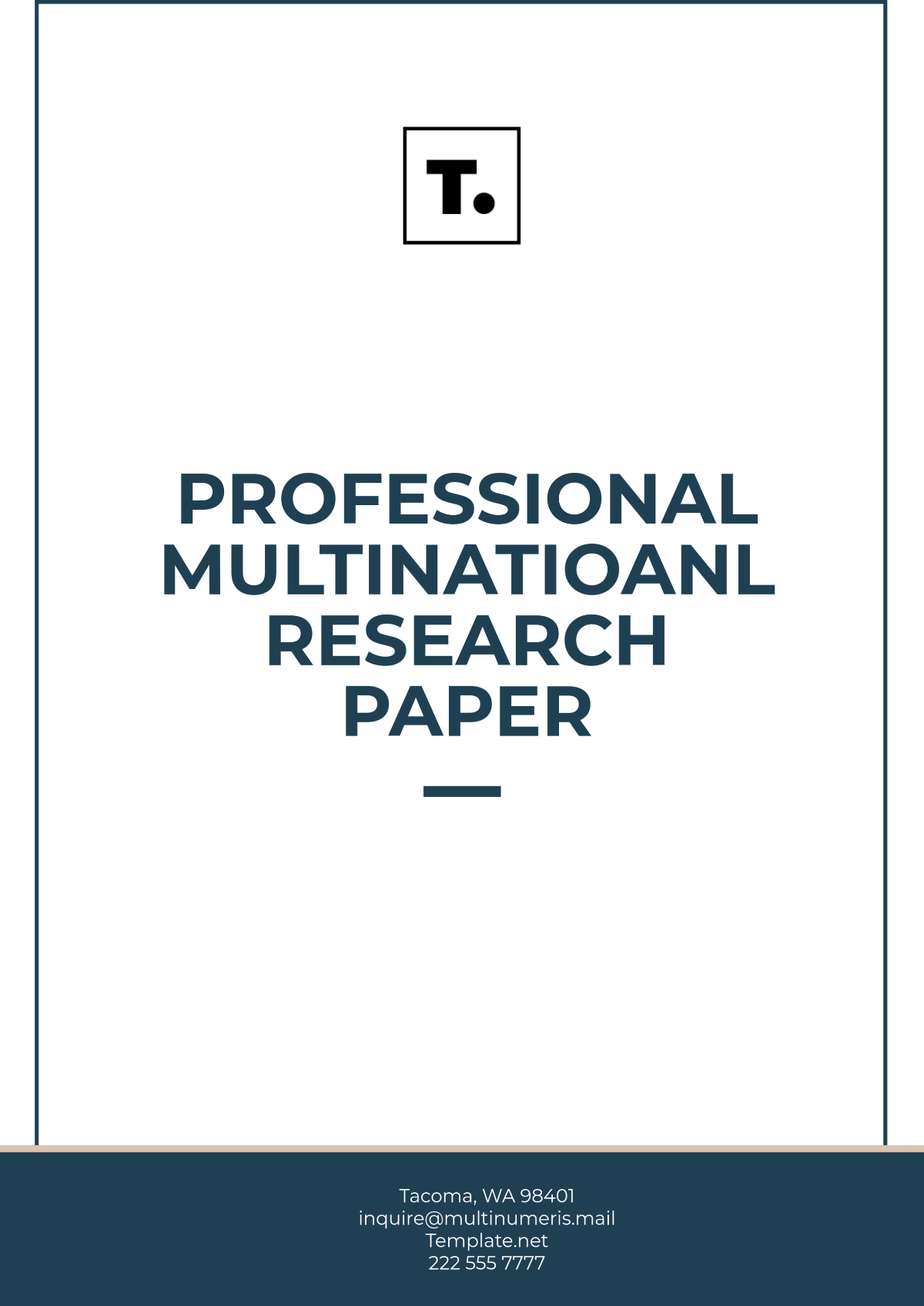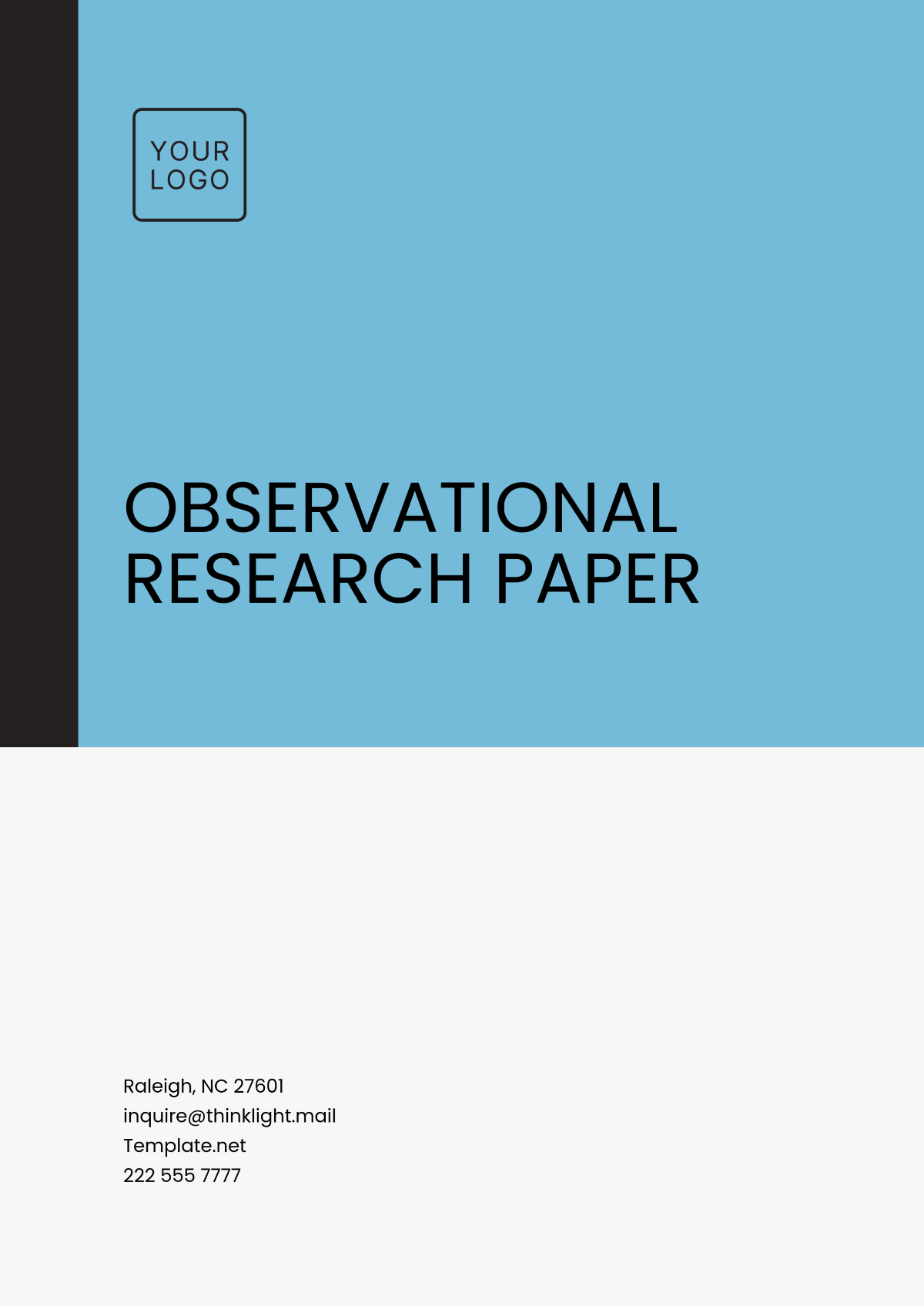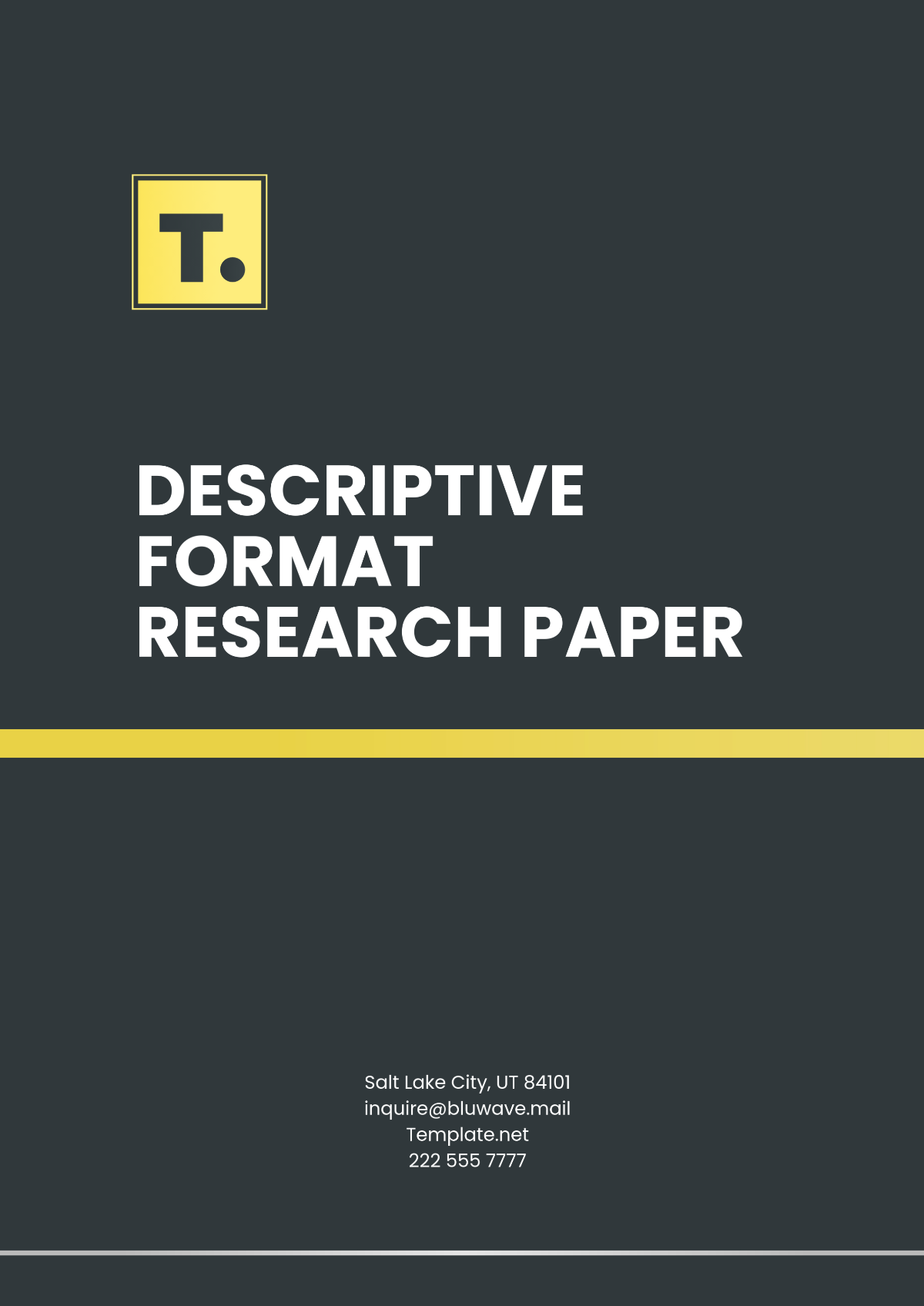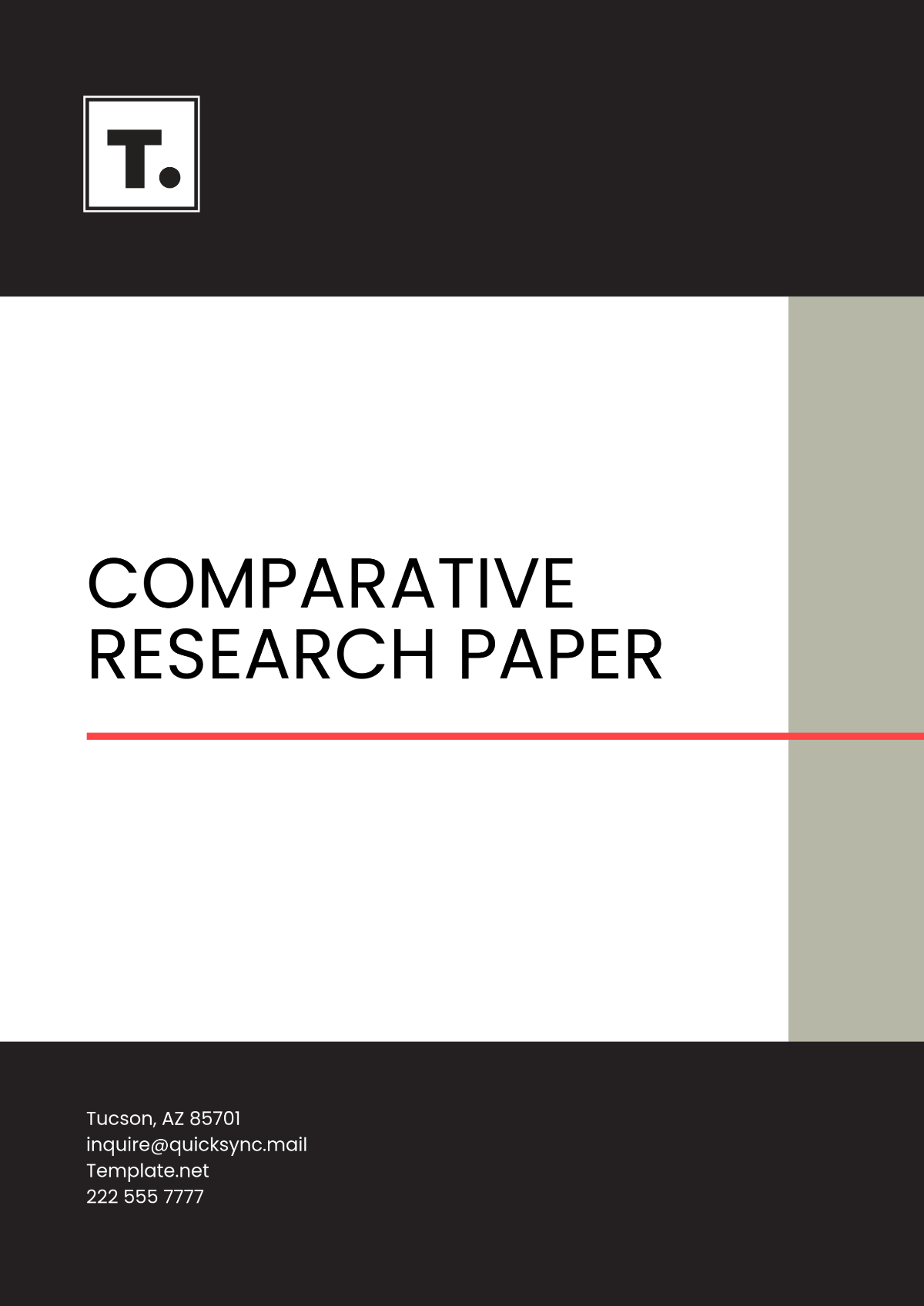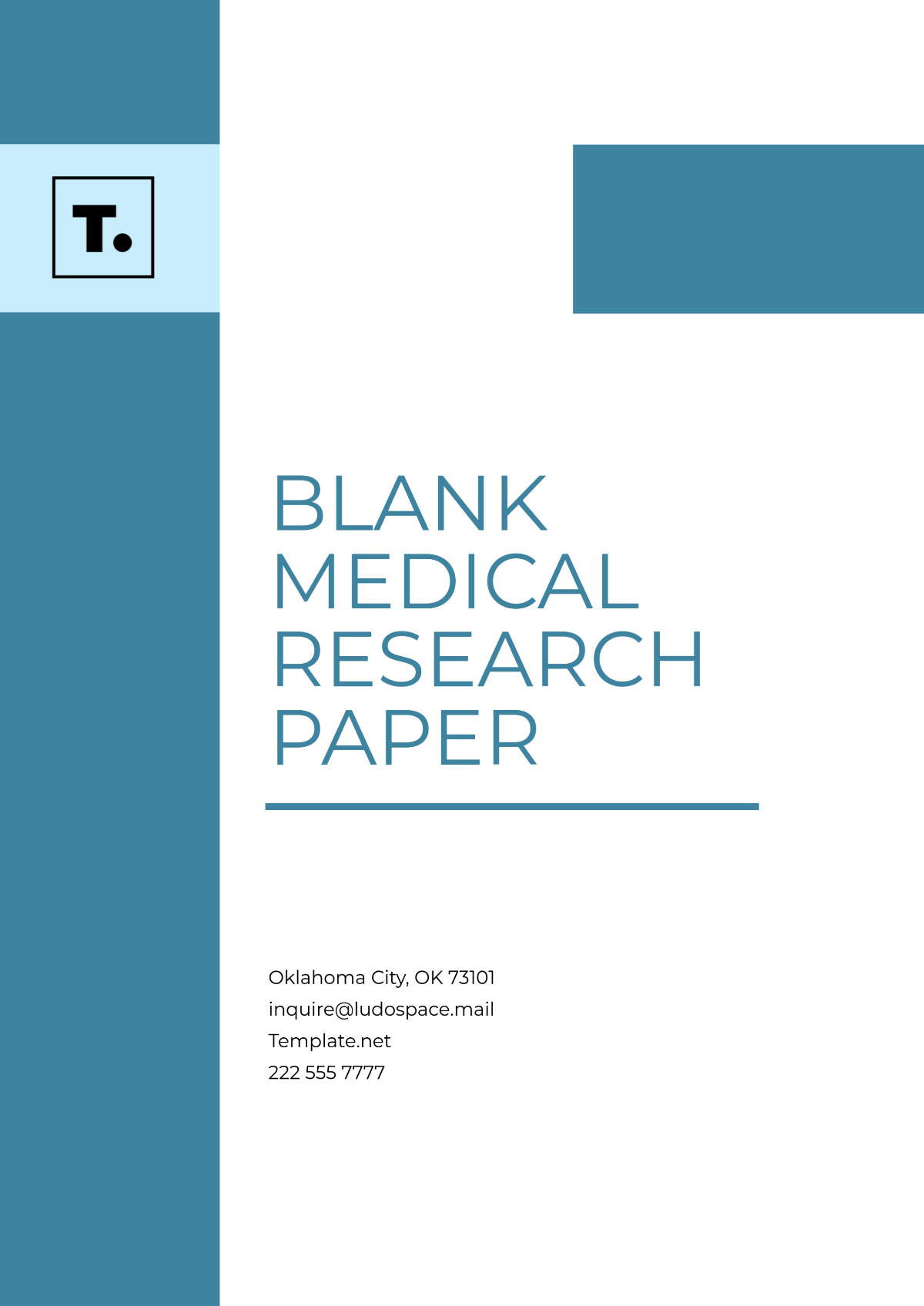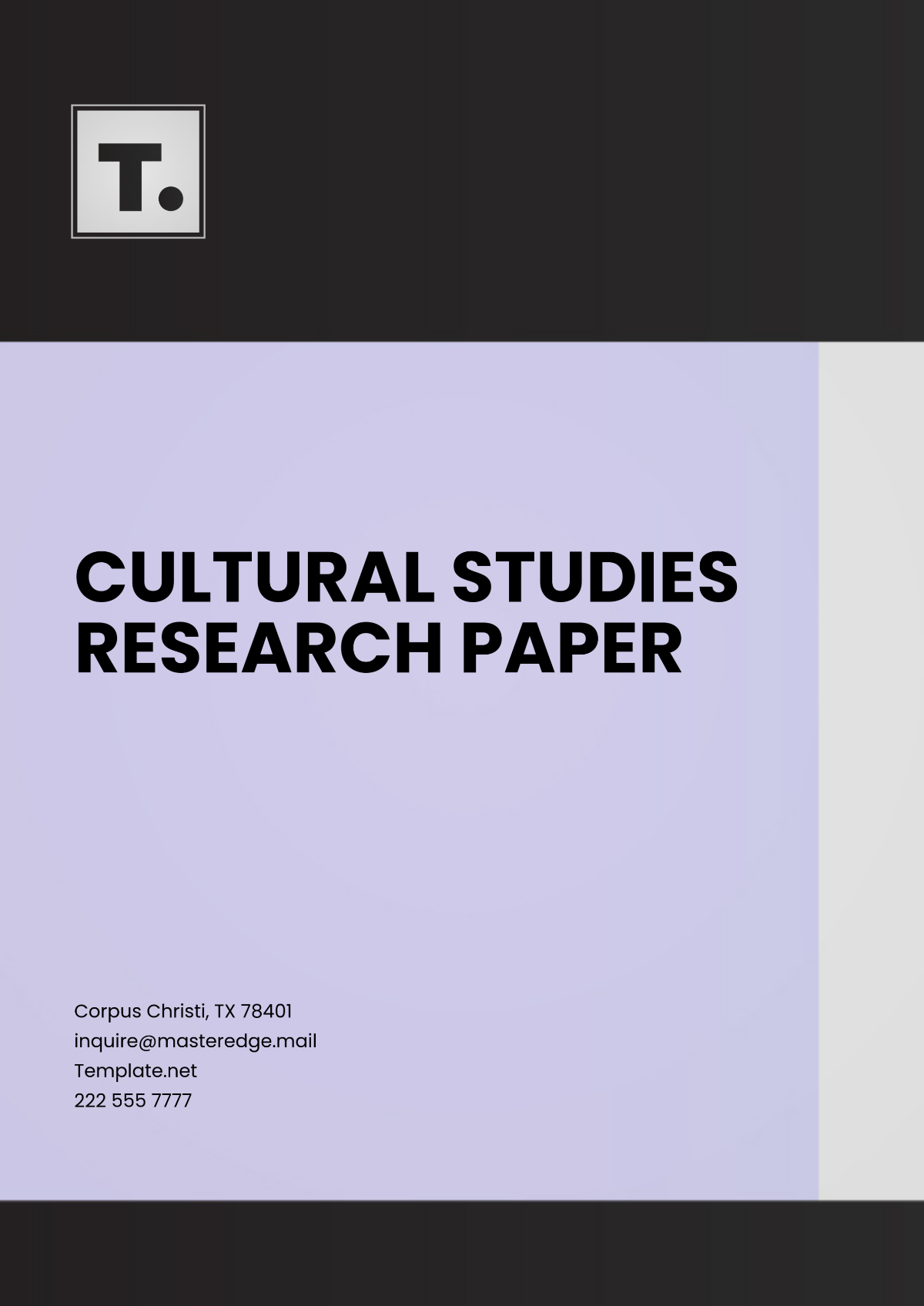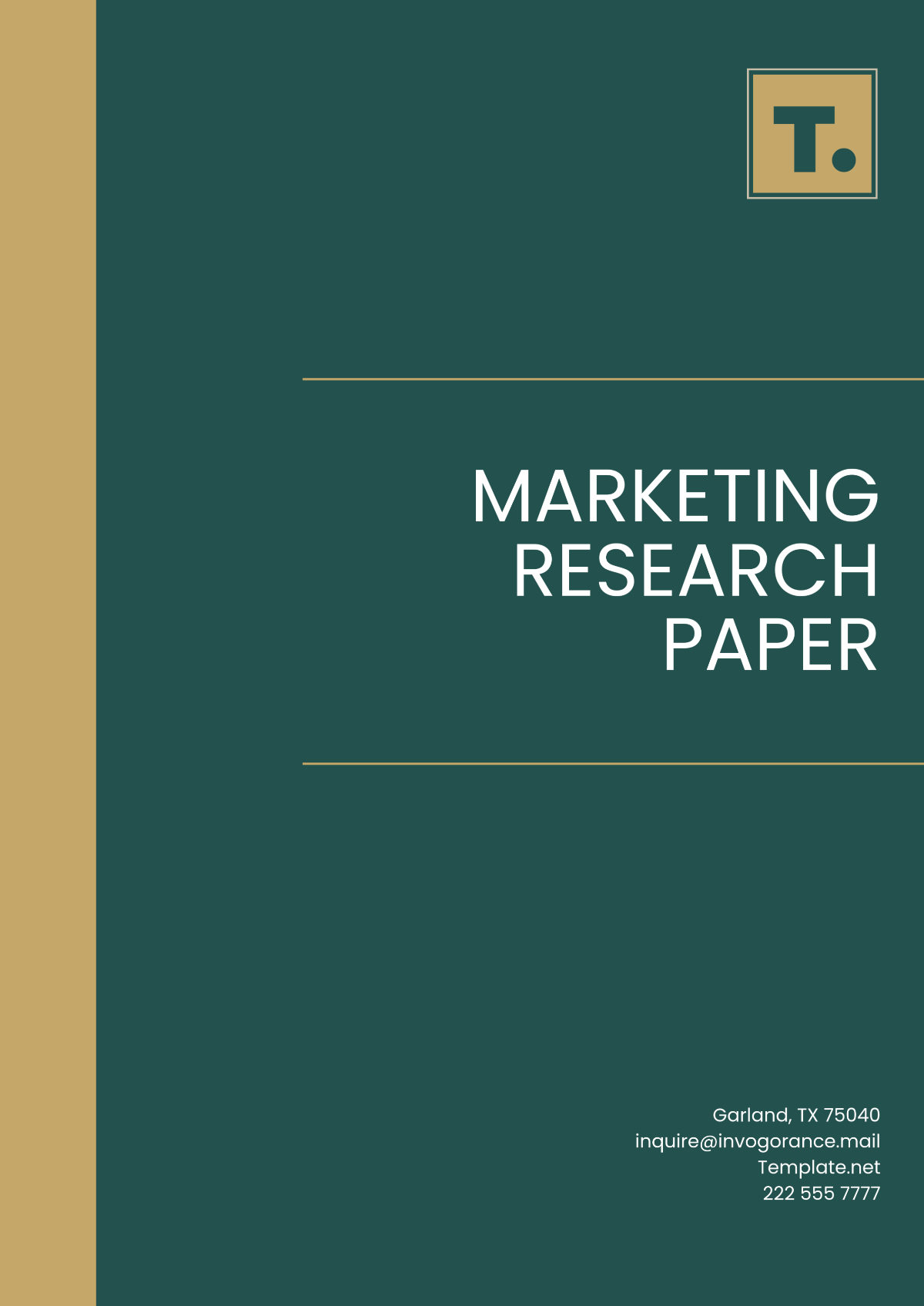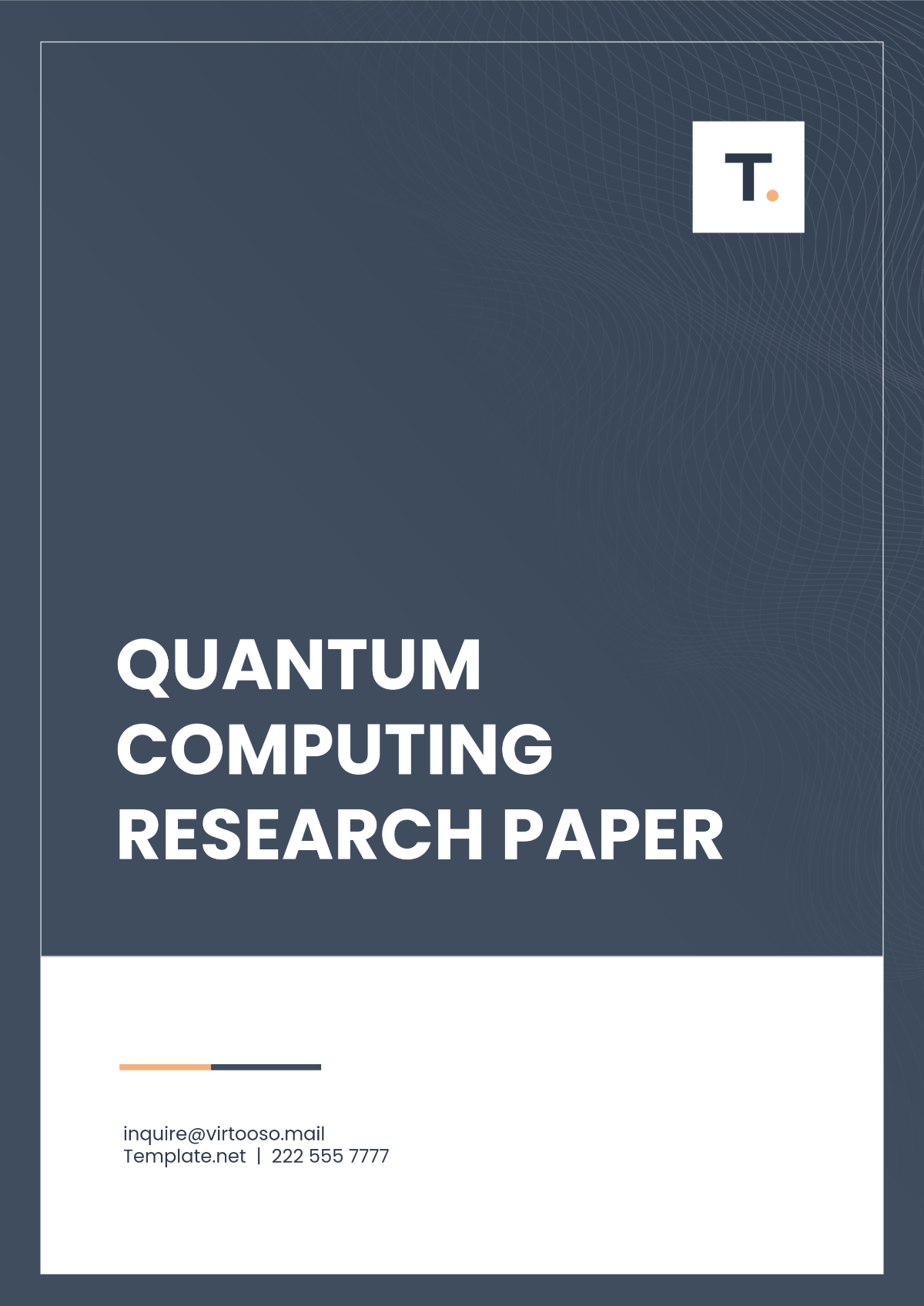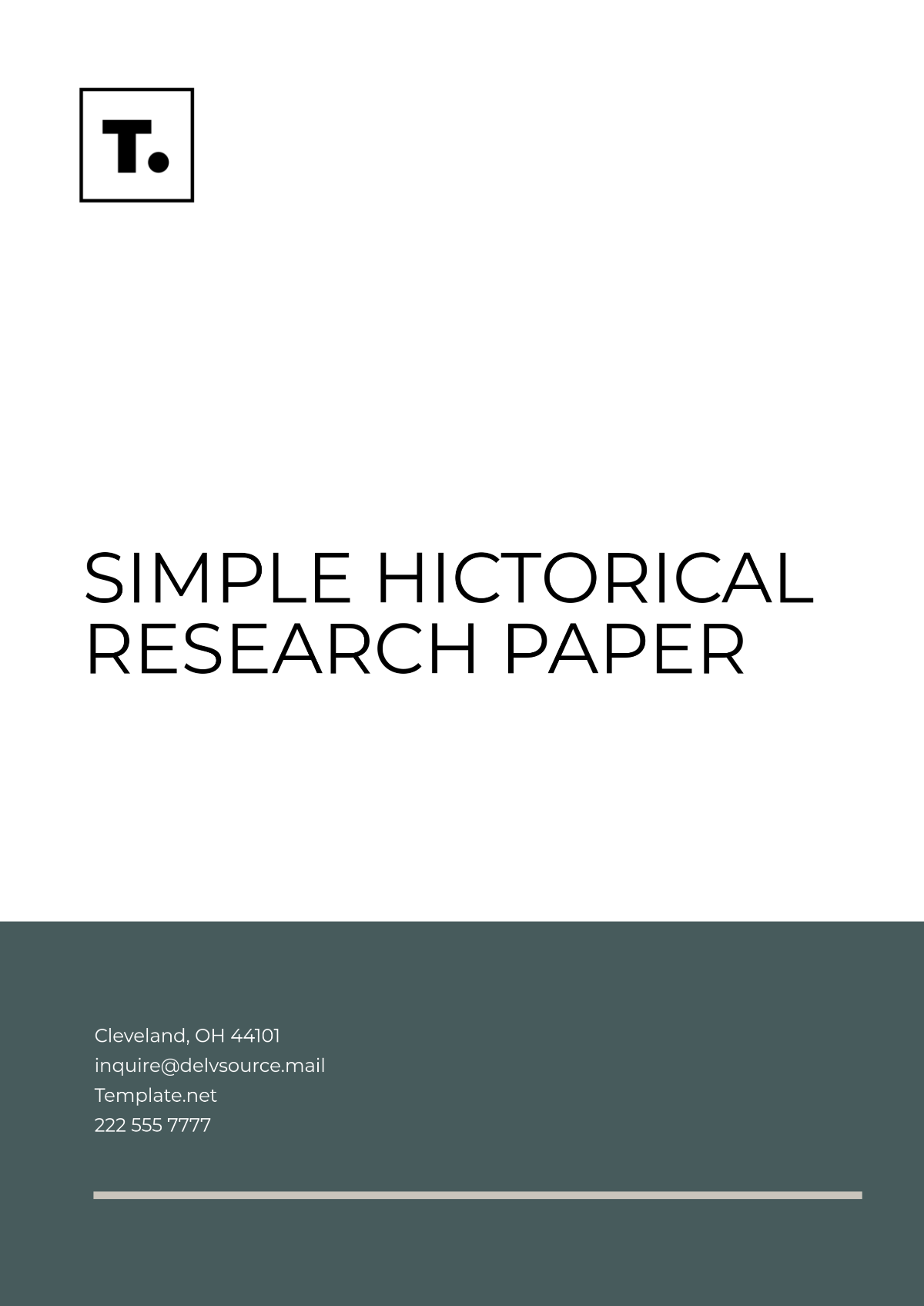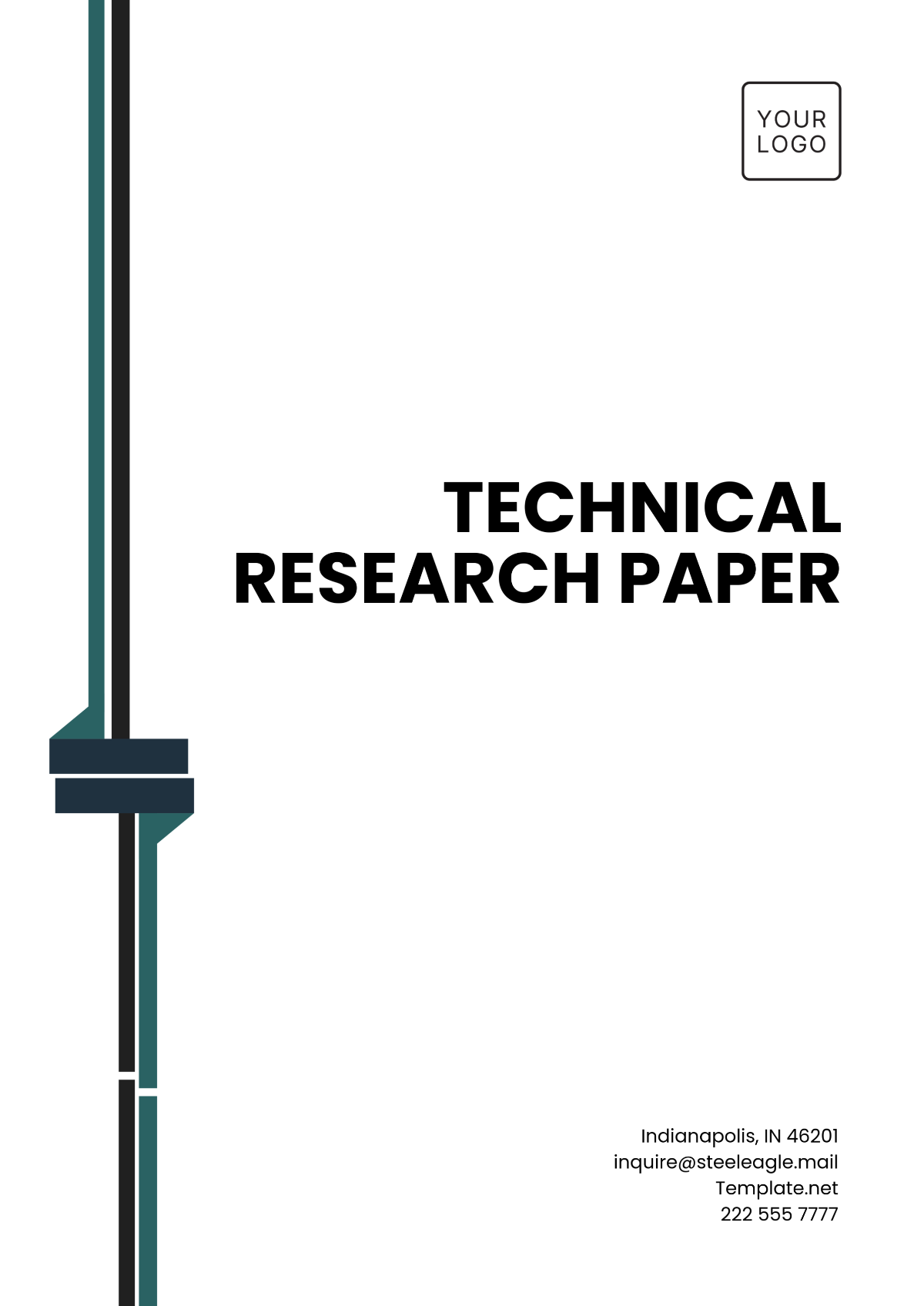Rapid Review Protocol
Name: | [YOUR NAME] |
Company Name: | [YOUR COMPANY NAME] |
Department: | [YOUR DEPARTMENT] |
Date: | [DATE] |
1. Introduction
This Rapid Review Protocol aims to provide a structured approach for expeditiously synthesizing relevant evidence to inform healthcare decision-making. In today's dynamic healthcare landscape, timely access to accurate information is paramount for ensuring optimal patient care and clinical outcomes. This protocol outlines the methodology and procedures for conducting a rapid review, facilitating swift yet rigorous evidence synthesis.
2. Objectives
The primary objective of this rapid review is to identify and evaluate the latest evidence pertinent to the healthcare decision at hand. Specifically, the review aims to:
Identify relevant studies, guidelines, and expert opinions.
Synthesize key findings and recommendations.
Assess the quality and reliability of the evidence.
Provide actionable insights to support informed healthcare decision-making.
3. Scope
This rapid review will focus on a predefined healthcare topic or question, as determined by the healthcare organization or relevant stakeholders. The scope will be clearly defined to ensure a targeted and efficient review process. Key aspects of the scope include:
Definition of the healthcare issue or decision to be addressed.
Inclusion and exclusion criteria for selecting relevant evidence.
Identification of specific outcomes or endpoints of interest.
4. Methodology
The rapid review will employ a systematic approach to evidence synthesis, tailored to meet the urgency of healthcare decision-making. Methodological steps will include:
Literature search: Conducting a comprehensive search of relevant databases, grey literature, and expert sources.
Study selection: Screening and selecting studies based on predefined inclusion and exclusion criteria.
Data extraction: Extracting pertinent information from selected studies, including study design, participants, interventions, outcomes, and results.
Evidence synthesis: Summarizing and synthesizing key findings using appropriate methods, such as narrative synthesis or meta-analysis.
Quality assessment: Evaluating the quality and risk of bias of included studies using validated tools.
Interpretation: Interpreting the synthesized evidence in the context of the healthcare decision at hand, considering implications for clinical practice and policy.
5. Expected Results
Upon completion of the rapid review, the expected results include:
Identification of the most relevant and up-to-date evidence related to the healthcare decision under consideration.
Synthesized findings highlighting key insights, trends, and recommendations extracted from the literature.
Assessment of the quality and reliability of the synthesized evidence, including potential limitations and areas for further research.
Clear implications and actionable recommendations for healthcare professionals and decision-makers, facilitating informed decision-making.
Enhanced understanding of the current state of knowledge surrounding the healthcare issue, contributing to improved patient care and outcomes.
6. Timeline
Given the pressing nature of decision-making in the healthcare sector, the rapid review must be carried out within a specific duration that has been decided beforehand. This duration can vary greatly, typically extending from merely a few days to multiple weeks. To keep the process organized and to ensure timely completion, a comprehensive timeline will be mapped out. This will provide a detailed outline of the major milestones that need to be achieved, as well as the integral deliverables, at various stages throughout the process of this fast-paced review.
7. Reporting
The findings of the rapid review will be compiled into a concise yet informative report, tailored to the needs of healthcare professionals and decision-makers. The report will include:
Executive summary of key findings and recommendations.
Detailed description of the review methods and procedures.
Presentation of synthesized evidence, including tables, figures, and supporting references.
Implications for clinical practice, policy, or further research.
8. Dissemination
The final report will be disseminated to relevant stakeholders, including healthcare professionals, policymakers, and other decision-makers. Dissemination strategies may include presentations, publications, or online platforms, ensuring widespread access to the synthesized evidence.
9. Review and Revision
This rapid review protocol is marked for a periodic review and revision process. This process is important because it allows for the incorporation of valuable feedback. Additionally, it enables us to address any emerging evidence that might be relevant to the protocol. By undertaking this periodic review process, we aim to continuously enhance the protocol's effectiveness, ensuring that it can accurately and effectively inform healthcare decision-making.
10. Conclusion
By strictly following this rapid review protocol, healthcare professionals can gain fast and efficient access to and evaluation of the most recent evidence available. This access and evaluation supports them in making informed decisions based on reliable information. As a result of these informed decisions, patient outcomes can be enhanced significantly, and healthcare delivery can effectively be improved. This protocol thus plays a critical role in the advancement of patient care and the optimization of healthcare services.


















